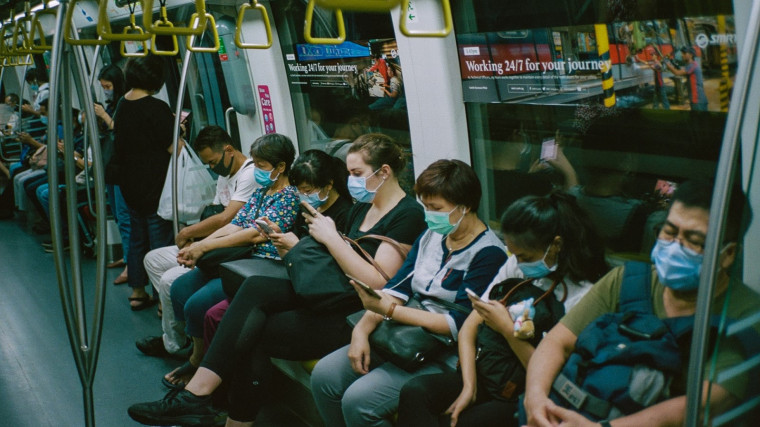Like many other working Singaporeans, I have always appreciated my morning commute to work on public transport.
It was particularly enjoyable to me because I’d been away from Singapore for almost 20 years and taking public transport is another way for me to feel “connected” with fellow Singaporeans again. However, since I suffered a full-blown ischemic stroke in October 2017, I had to rely more on private means to get around.
A stroke affects everyone differently. I am considered a young stroke survivor because I was only 40 when I had it. Now, I find it difficult to focus when I’m in a situation where there are too many lights, sounds or movement.
When my brain gets over-stimulated, I speak in a long-winded manner (medically known as circular speech) and my memory retention problems become more obvious.
This results in me feeling extremely fatigued. Often, the fingers on my left hand would involuntarily curl up and clench into a fist. I also no longer have the balance that an otherwise healthy person has.
“Multi-tasking” has taken on a new meaning to me. I can still talk, walk, climb steps, read and orient myself, but I need to be very focused.
It takes greater physical and mental effort for me to perform these simple cognitive and bodily functions required while commuting to work – actions that most people take for granted.
In fact, nowadays, I carry a sticker indicating that I have “an invisible medical condition” – part of a pilot scheme launched by LTA in 2019 to cater to the needs of commuters like myself.
Getting used to public transport

My experiences on our trains and buses have been interesting to say the least.
Recently, on my way to the office (as my company lifted mandatory work-from-home measures), I accidentally tripped on the steps at the MRT station because I overestimated the strength I had in lifting my left leg.
I was comforted when fellow commuters helped me up when they saw me stumble. When one of them realised that I was wearing the sticker, he kindly offered to help me wheel the bag containing my laptop and documents all the way to the gantry that was in the opposite direction to where he was heading originally.
On another occasion, when I was on the train heading home, commuters were quick to offer their seats when they noticed my sticker.
Unfortunately, this doesn’t happen every time.
Other stories you might like
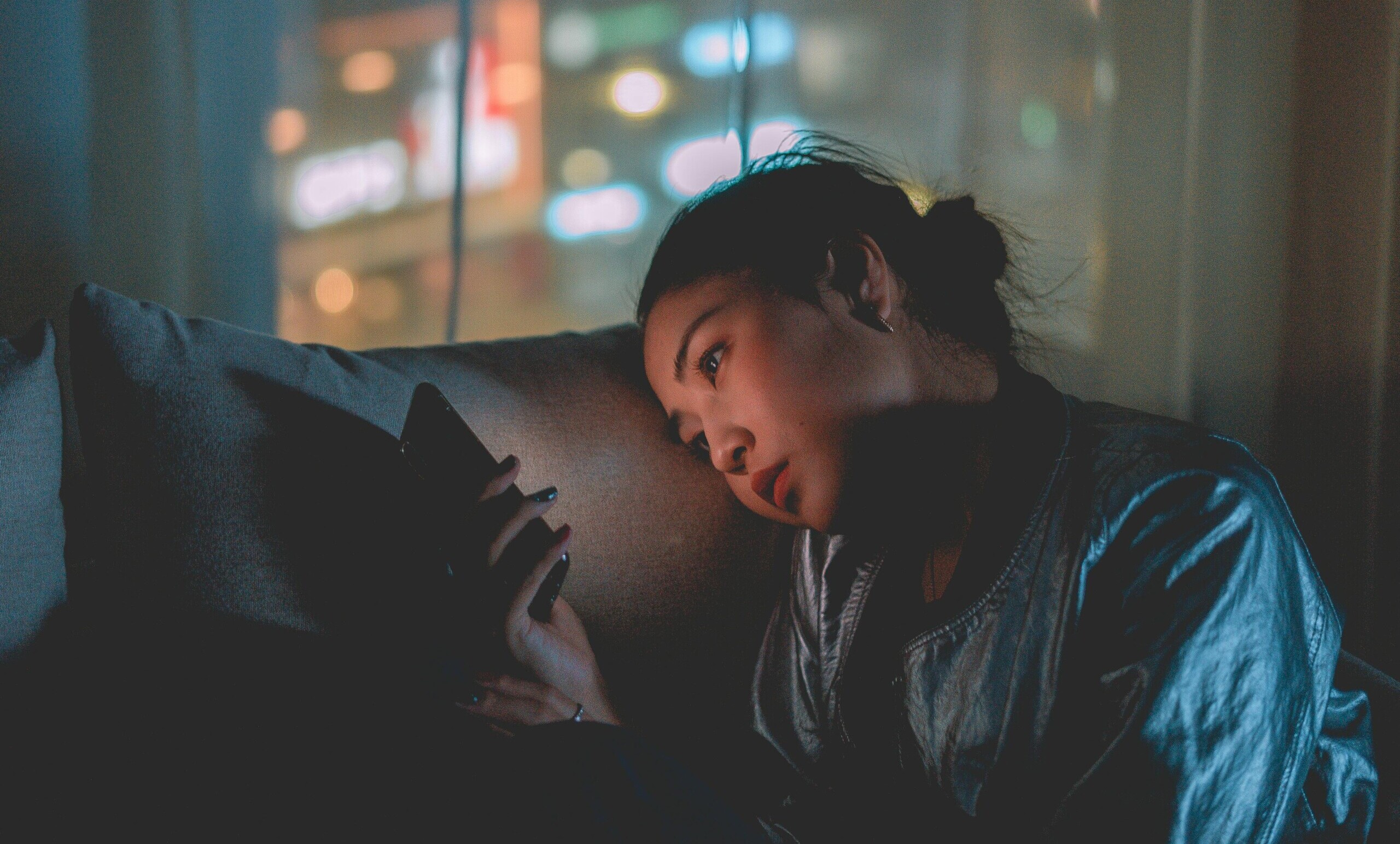
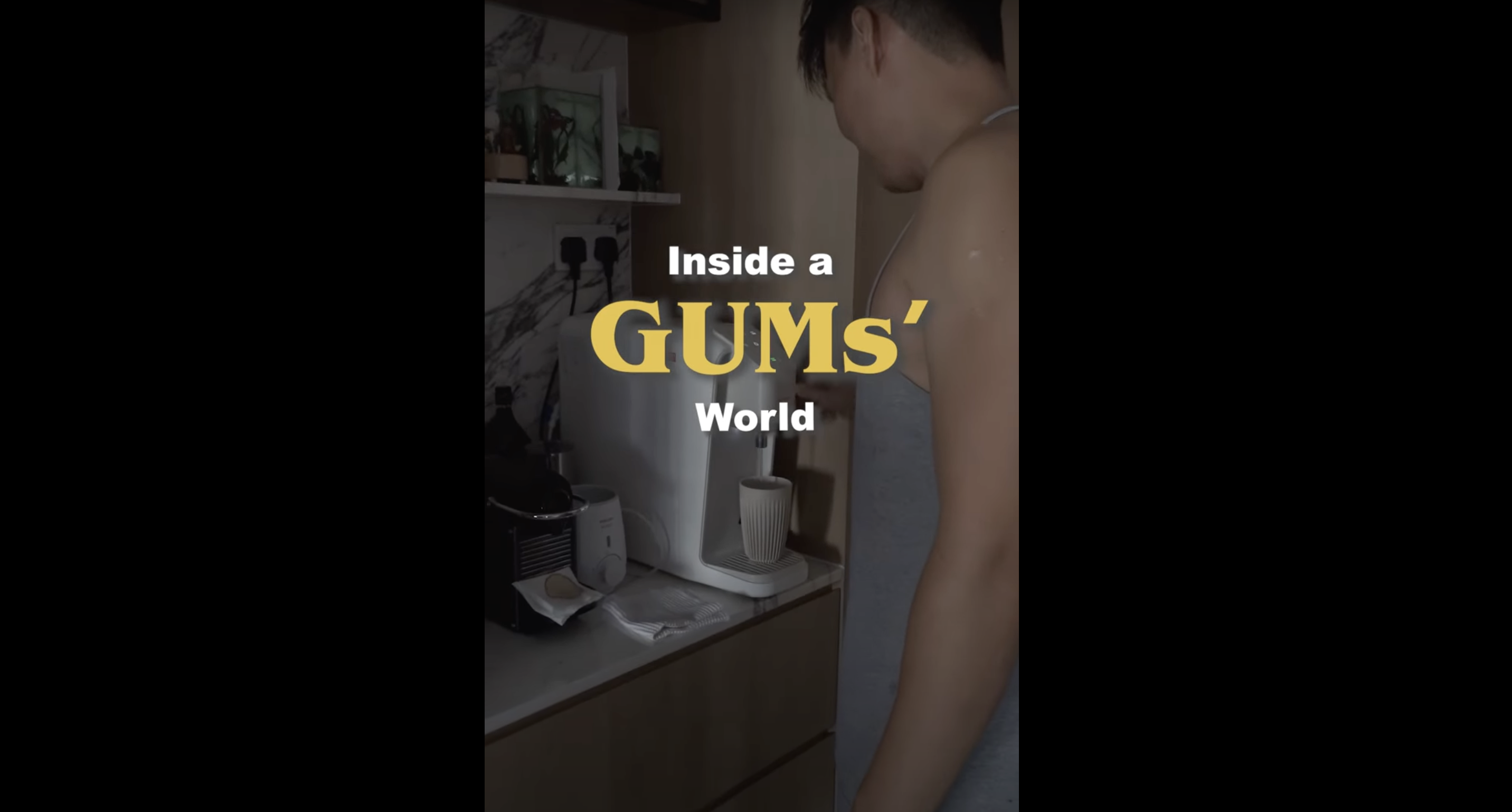
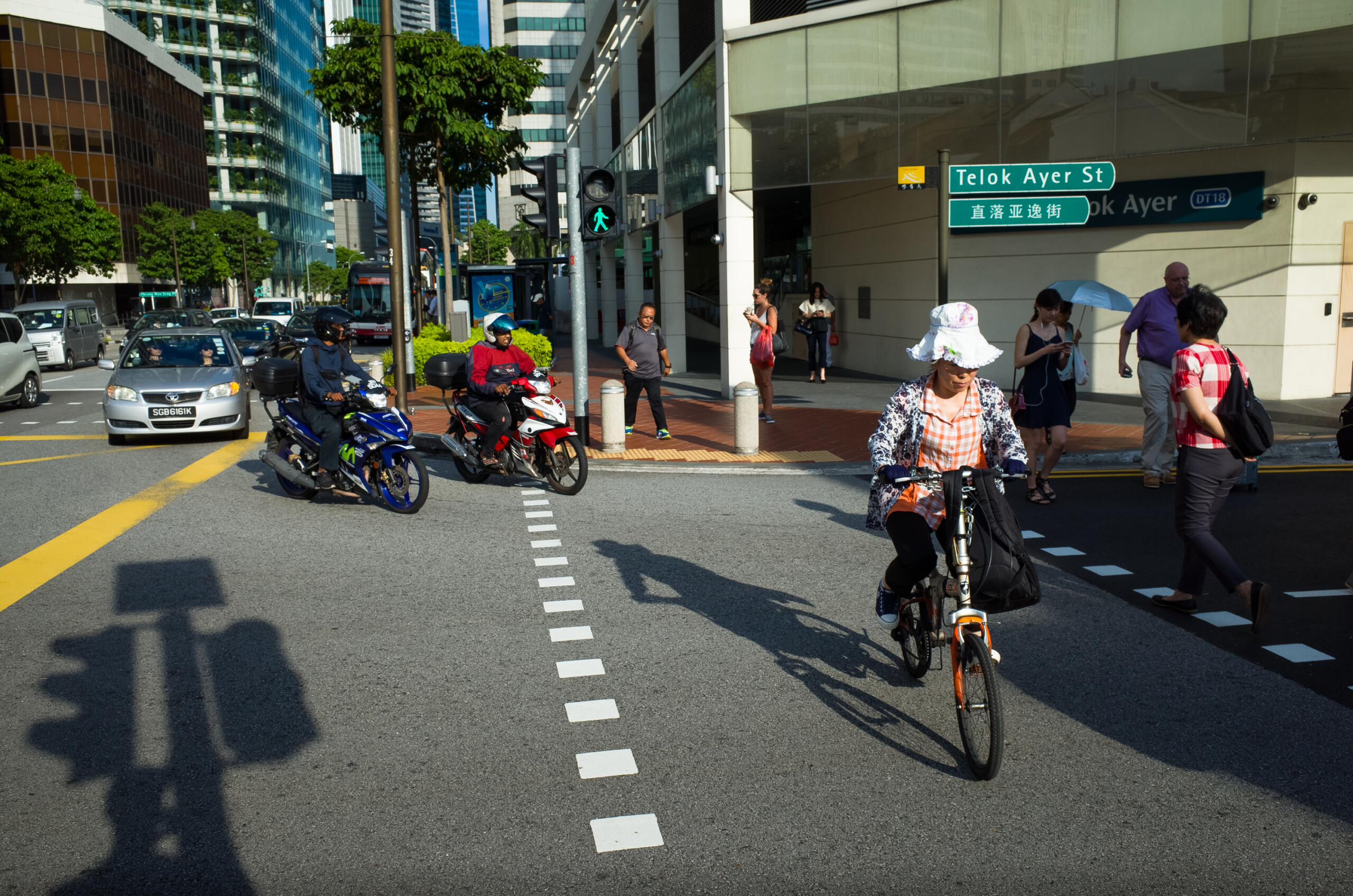
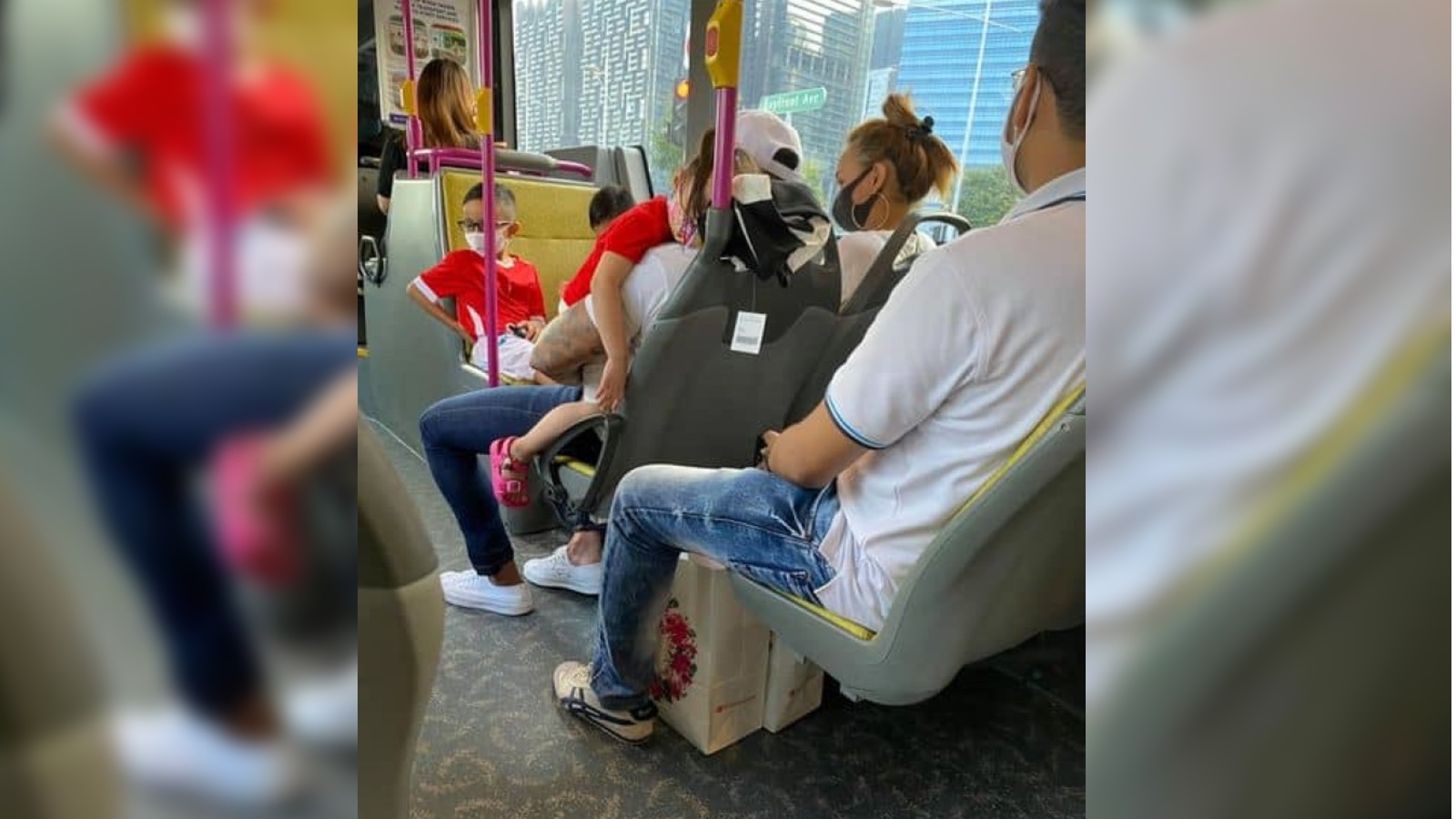
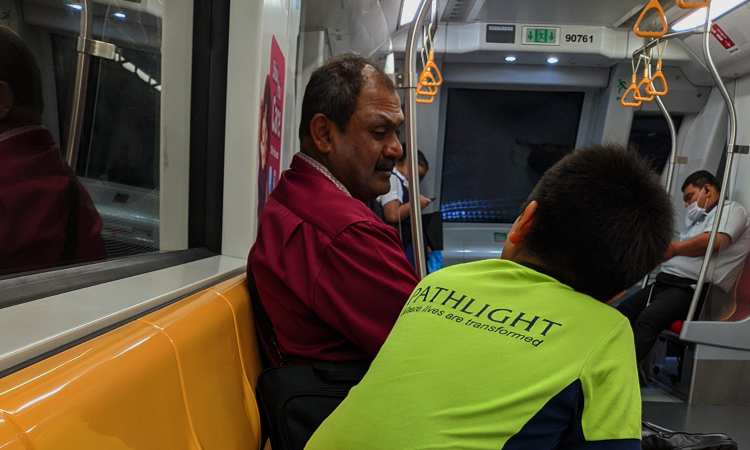
I suspect that many commuters do not notice or understand the sticker I am wearing. When this happens, I find myself fighting for balance just to keep on standing on the bus or train and have to take a breather after getting to my destination.
I admit this sometimes happens because I am too proud to ask for help as I try to be as “normal” as possible. It has nothing to do with shame. Everyone deals with their conditions differently and sometimes I want to be treated “normal”.
It’s however, getting much harder for me to travel on buses, in particular those that have louder engines. I sometimes find myself nauseous to the point of vomiting after alighting – the result of being overwhelmed by fatigue and noise levels.
Deep appreciation for a simple scheme
Public transport will always be a part of my everyday life. In “acting tough”, I try to cope positively. I must say that this sticker initiative has encouraged me and made my difficult days slightly easier.
I am grateful for this scheme, and am especially thankful to the tactful station control attendant at Clarke Quay MRT station who suggested that I should paste my sticker to a cardholder to wear around my neck.
Perhaps LTA can consider making the sticker into a wearable button so that commuters with invisible conditions like me can use and re-use it without worrying that it will fall off.
I don’t always wear my sticker on public transport. And when I do, it takes a lot for me to draw attention to it. Not everyone with invisible medical conditions wants to announce it publicly. Privacy is something I value and it takes courage to share, because it takes me beyond the “normal” I so wish to be.
But if someone notices the sticker and offers me a seat, it is a moment of kindness that really makes my day.
Y S
